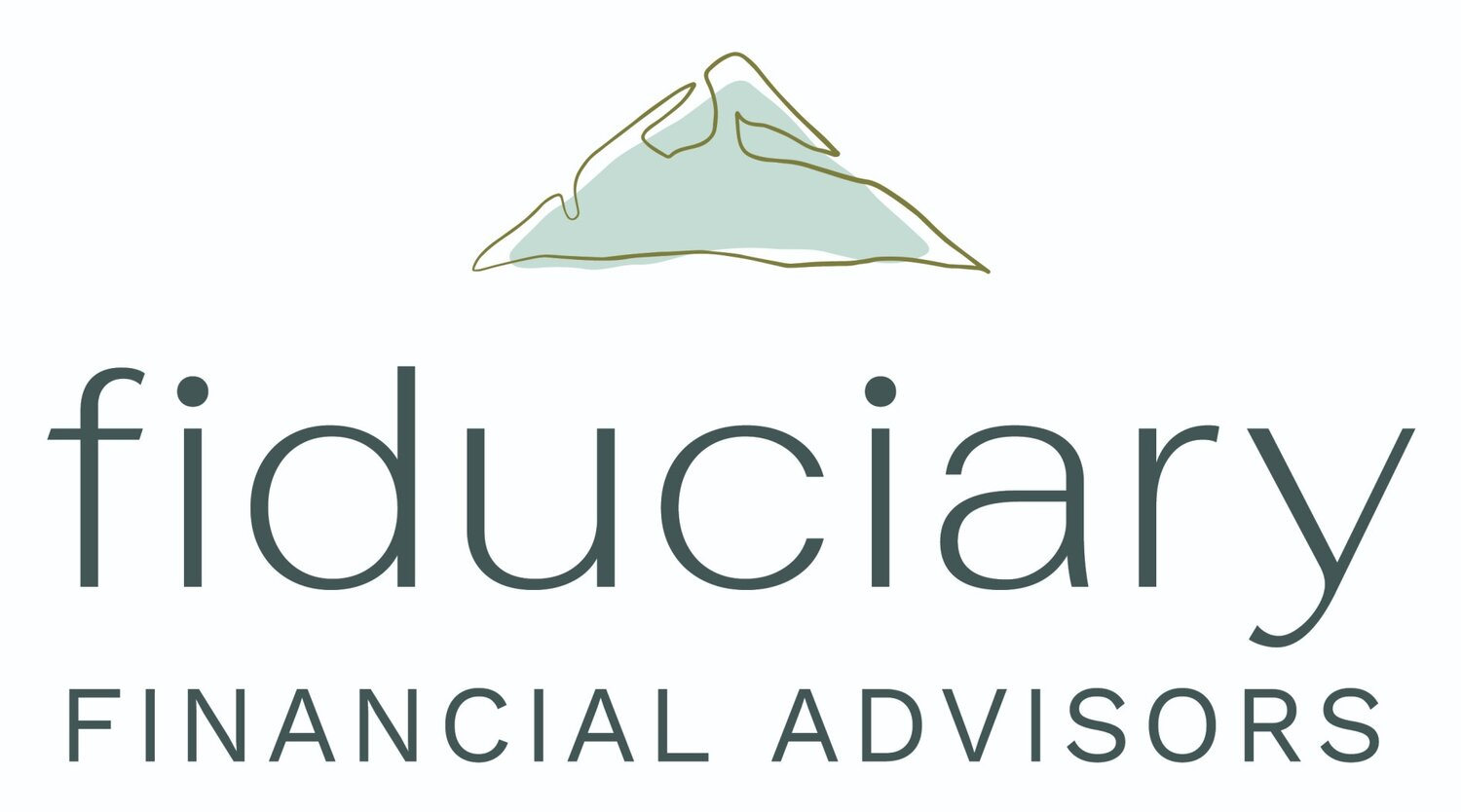How to Manage Large Commission Checks
/There is no shortage of demands that pull at our wallets. Following a budget can help guide your income, and should be a priority. But what do you do when excess money comes in that is not factored into the budget? One advantage of working in sales is the potential to earn more than your budgeted income which I outline in my article “How to Budget on a Sales Income”. Whether you make a full commission or a base salary plus commission, there are several strategies you can employ to manage your additional commission income wisely. Here, I discuss one approach I don’t recommend and two that I endorse.
Approach 1 - Spend It
The approach I have seen many colleagues take over the years is to immediately spend the extra money on whatever it is they have been eyeing for a while. This approach rarely makes sense, as the money is gone just as soon as it hits your bank account. While I understand that you worked hard for that money and on some level it should be enjoyed; I do not see this as a prudent approach to managing a large influx of money. Now that we’ve addressed a strategy that I wouldn't suggest, let’s dive into two approaches I do recommend.
Approach 2 - Save and Invest
The “save and invest” approach is going to be the primary approach for someone who considers themselves to be a saver. There is nothing wrong with this approach; in fact, it is arguably the best approach for securing your financial future. Saving provides stability and peace of mind, especially in a role that has income fluctuations. Investing allows you to get your money working for your future self. Consider using this income influx to max out your 401k or IRA for the year. Depending on your income level, it might be worthwhile to consult with a financial advisor and explore the option of a backdoor Roth IRA. You can refer to the IRS website for those phase-out limits, and see if this is an option for you due to high income.
This approach will also appeal to someone who needs to pad their savings and increase their safety net. Early on in my sales career, I used this strategy to ensure I always had enough money in the bank on the rare chance that I lost my job. It is by no means the most attractive approach but can provide the most peace of mind.
Approach 3 - Bucket Strategy
The third approach, which happens to be my personal favorite is the “bucket strategy”. You can imagine this strategy as having a budget for your excess money. You create different-sized “buckets” that you can divide the money into. For instance, you could allocate 20% to investments, 20% to savings, 10% to spending, 20% to vacations, 20% to charitable giving, and 10% to taxes. You can customize the number and size of buckets based on your needs. I prefer this strategy because it allows you to combine the 2 other approaches, and creates a sustainable balance. There is room for you to enjoy some of your hard-earned money on what you want while saving for your future at the same time.
One Final Tip
If the commission is unusually large, it would be wise to set some of that commission payout aside in case of a high tax bill the following year. I have experienced this myself, as have many colleagues. Thanks to using the third approach, I have been able to handle larger tax bills with no issues. If there ends up being no tax implications, you can use that money elsewhere. It’s better safe than sorry.
Final Thoughts
Your financial life could be very simple, or more complicated, and as with most matters, there’s no one-size-fits-all solution. Determine what works for you and choose an approach that you can confidently implement.
References
https://www.irs.gov/retirement-plans/amount-of-roth-ira-contributions-that-you-can-make-for-2023
Fiduciary Financial Advisors, LLC is a registered investment adviser and does not give legal or tax advice. Information presented is for educational purposes only and does not intend to make an offer or solicitation for the sale or purchase of any securities. The information contained herein has been obtained from a third party source which is believed to be reliable but is subject to correction for error. Investments involve risk and are not guaranteed. Past performance is not a guarantee or representation of future results.







